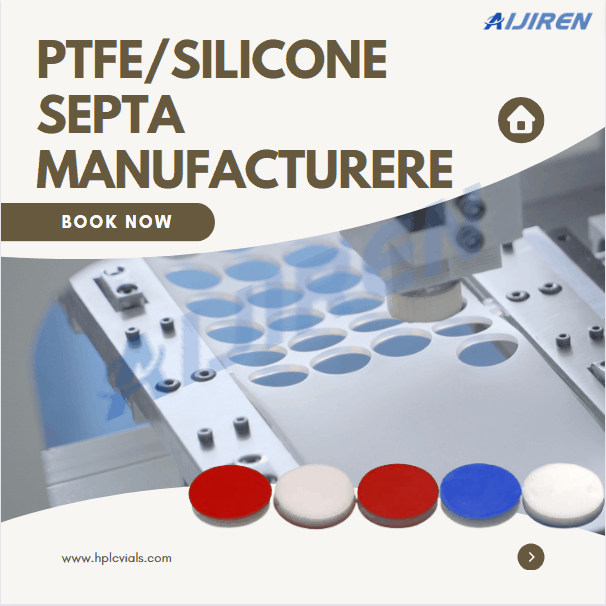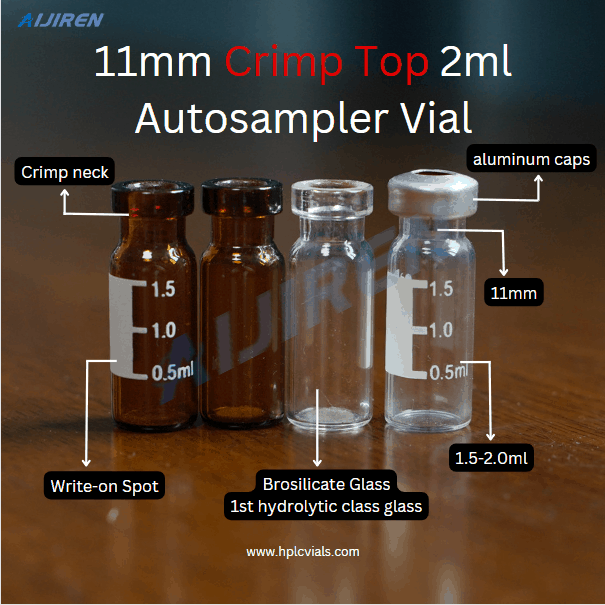Which mobile phases are used for HPLC?
High-performance liquid chromatography (HPLC) is a powerful analytical technique used in a variety of scientific fields to separate, identify, and quantify components of complex mixtures. One of the most important components of an HPLC system is the mobile phase. The mobile phase plays a crucial role in the separation process by transporting the sample through the chromatographic column.
What is mobile phase?
The solvent used to separate components in a liquid sample for HPLC analysis is called the mobile phase. The mobile phase is the solvent that moves the analytes through the column. Analytes are present in an appropriate solvent and injected into the chromatography system after sample preparation. This solvent is not considered a new matrix because it does not interfere with the analysis. The properties of the carrier (solvent) for the analyte can be selected during sample preparation to meet specific requirements, such as volatility and miscibility with the mobile phase in HPLC. In reversed-phase columns, the mobile phase is more polar than the stationary phase. Generally polar mobile phases are preferred because separations show better reproducibility.
The solubility of the analyte in the mobile phase also plays an important role in column selection. For compounds that are soluble in water or partially aqueous solvents, the choice of reversed-phase HPLC is not an issue, but for compounds that are insoluble in polar solvents, a normal-phase column is usually required. Assessment of sample polarity, stationary phase polarity, and mobile phase polarity is also important for column selection.
General selection requirements for mobile phases:
1. Purity: All solvents should be of the highest purity and quality. HPLC grade solvents are pre-filtered and purified to have minimal absorbance under UV light. Therefore, they do not contain impurities that can create false peaks in the chromatogram baseline. The water used in buffer preparation is of the highest purity. Deionized water often contains trace amounts of organic compounds and is not recommended for HPLC.
- Viscosity: In order to maintain an acceptable pressure drop (< 2500 psi) and a reasonable flow rate through the HPLC column, the mobile phase viscosity should be as low as possible. Lower viscosity mobile phases produce narrower chromatographic peaks. Acetonitrile, for example, is often the solvent of choice for reversed-phase HPLC because it is not only less viscous than methanol or isopropanol but also has good retention properties.
- Boiling point: Boiling point is important if sample recovery is involved, low boiling point solvents are easier to remove from the sample.
4. Non-corrosive: Solvents must be non-corrosive to HPLC system components.
5. Toxicity: Everyone is concerned these days about the health and safety risks associated with laboratory chemicals. Tetrahydrofuran can be used as an unstable or stable mobile phase. Unstable versions may be an explosion hazard if completely evaporated, and tend to decompose when not stored under nitrogen. Stable versions have high UV absorbance at typical UV wavelengths used for detection.
6. Miscibility: Not all HPLC solvents are miscible. Mixing immiscible solvents can cause problems such as unstable baselines, fluctuating pressures, high pressures, etc. Isopropyl alcohol is miscible with most common HPLC solvents. Therefore, it can be used to flush the HPLC flow path when the final solvent system used is uncertain.
7. Transparency (UV cutoff): The mobile phase (without sample) must transmit adequately at the wavelength used for detection. One study showed that the mobile phase absorbance should generally be less than 0.5 at the detection wavelength.
In HPLC, the mobile phase is a pure solvent or a mixture of solvents and solvents with solid modifiers. Chromatographers have hundreds of solvents to choose from for different HPLC applications. The specific choice is often influenced by solvent properties such as viscosity, refractive index, noncorrosiveness, toxicity, miscibility, transparency, etc. Solvent strength, or the percentage of organic solvent in the mobile phase, controls the retention time of the analytes.
Back to List
-
 下午4:09Weighing the Pros and Cons of PTFE/Silicone Septa
下午4:09Weighing the Pros and Cons of PTFE/Silicone Septa -
 下午4:05Decoding Vial Discard Guidelines: Ensuring Precision in Chromatography
下午4:05Decoding Vial Discard Guidelines: Ensuring Precision in Chromatography -
 下午5:01Navigating Micro Inserts for HPLC Vials: A Comprehensive Guide
下午5:01Navigating Micro Inserts for HPLC Vials: A Comprehensive Guide -
.jpg) 下午2:02Common faults and solutions of automatic samplers(2)
下午2:02Common faults and solutions of automatic samplers(2) -
 下午5:08Ensuring Sample Integrity: Navigating EPA Storage Vials Stability Guidelines
下午5:08Ensuring Sample Integrity: Navigating EPA Storage Vials Stability Guidelines

